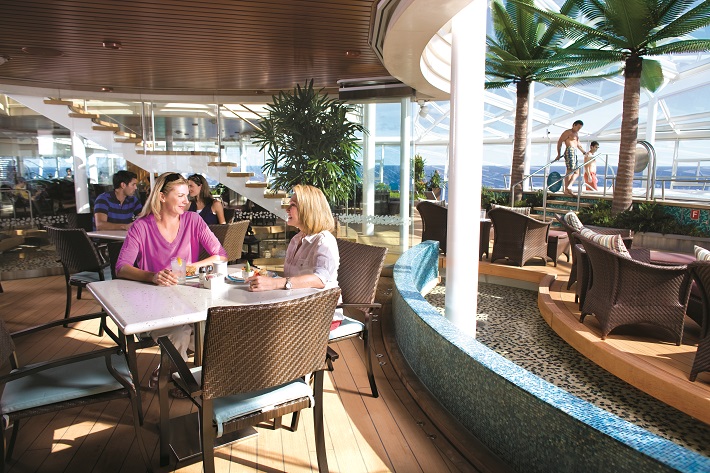Norovirus hits the headlines again – but this time it’s not on a cruise ship.
Tabloid newspapers go into overdrive when an outbreak of norovirus – or stomach flu – occurs on a cruise ship. ‘Gastro bug strikes hundreds at sea’ was one recent example of the dramatic headlines. It is a cheap way to have a dig at what is often perceived as the privileged world of cruising, but norovirus – also known as the winter vomiting bug – isn’t restricted to cruise ships.
In mid-August, the main story on BBC News was the exclusion of Botswana’s Isaac Makwala from the 400 meters final at the World Athletics Championships in London. Botswanan officials criticised the International Association of Athletics Federations who run the event for their heavy-handedness, but the athletics governing body said that Makwala had an infectious disease and had to be quarantined in his room at London’s Tower Hotel for 48 hours. Public Health England confirmed around 30 people had been affected at the official team hotel, with laboratory testing revealing norovirus.

How does the bug spread?
Outbreaks of the illness are most commonly found in hotels, schools and hospitals, as well as cruise ships, where a high volume of people are in close confines. Though norovirus can be passed via contaminated food and water, when it comes to cruise ships, it is typically spread through physical contact with infected people, surfaces or objects they may have touched. This includes shaking hands, caring for an ill family member, sharing food or eating from the same utensils, and most importantly, not washing hands after using the toilet.
Filling in the health questionnaires prior to check-in for a cruise might seem tedious but many viruses get aboard cruise ships when people have them in their intestinal tract but aren’t displaying any symptoms. With norovirus, there is still the risk of contagion after people have recovered from the illness.
How to ensure your cruise is happy and healthy
The reality of these much publicised outbreaks of gastrointestinal illnesses is that infected cruisers are quarantined in their cabins for up to 48 hours where the bugs can be contained and symptoms treated. The medical team on-board cruise ships monitor the incidents of passengers reporting the acute onset of tell-tale symptoms. There are also strict hygiene protocols to ensure that all public areas are thoroughly sanitised. In addition, passengers are encouraged to use sanitising gels when embarking, entering restaurants and especially at buffets when the use of tongs are part of the self service operation.
Though generally moderate, symptoms are often flu-like and can include nausea, headaches, vomiting, diarrhoea and abdominal cramps. There is no medication that kills the virus and the medical team encourages those passengers laid low by the virus to stay well-hydrated.
At the end of the day, prevention is better than cure, so it is in everybody’s interests for one and all to wash their hands thoroughly with liquid soap under hot water and dry them thoroughly – preferably under a dryer. My tip is to use a tissue to open the toilet door as you leave in case someone who used the handle before you wasn’t as diligent.

Sorry, not correct, P&O will confine you to your cabin for 48hours from when you last had symptoms, so if your ill for 3 days then you will be confined to cabin for 5 days.
I was in a inside cabin and I’ll for 12 hours and spent 3 days confined, no doctor, no daylight, no exercise, you get two call a day apart from that no contact from anyone,